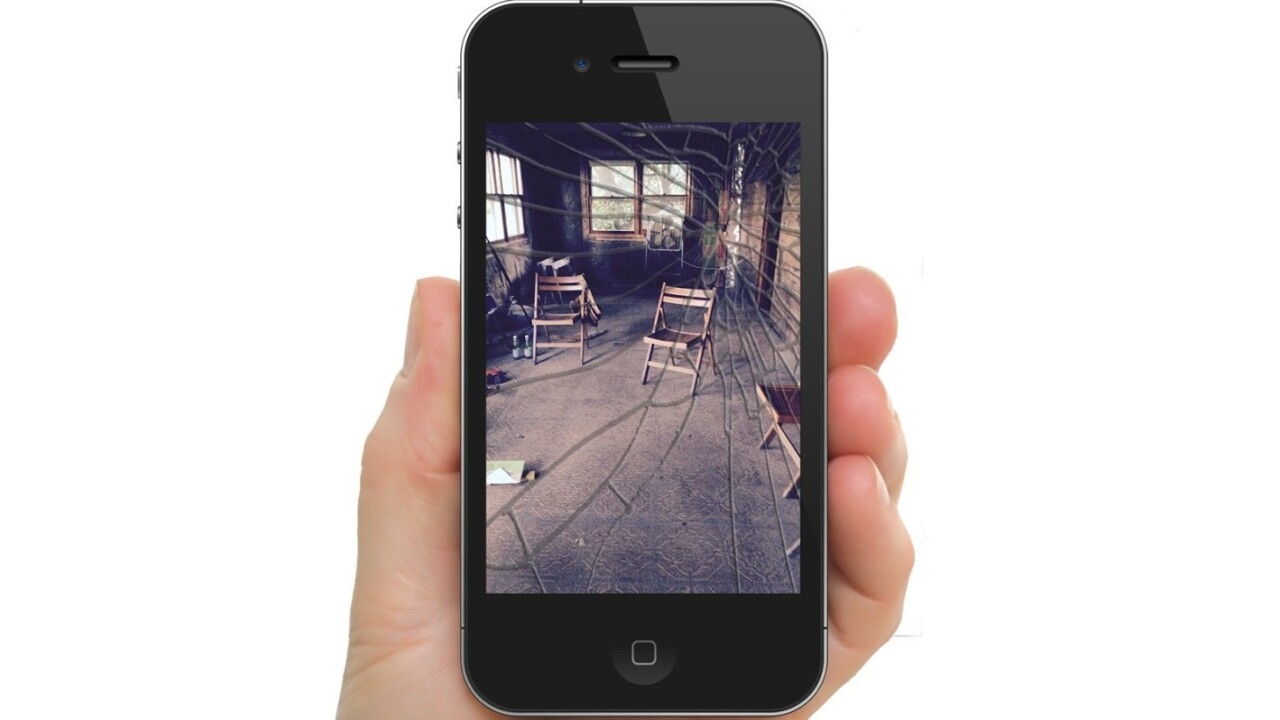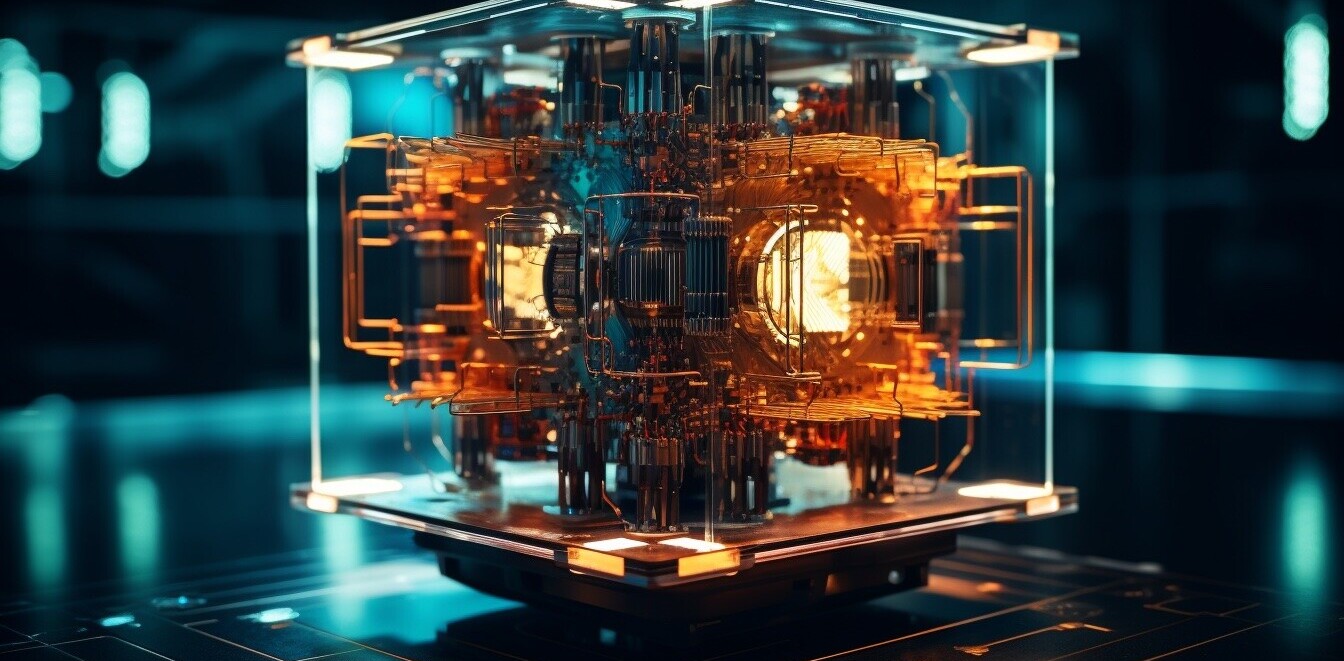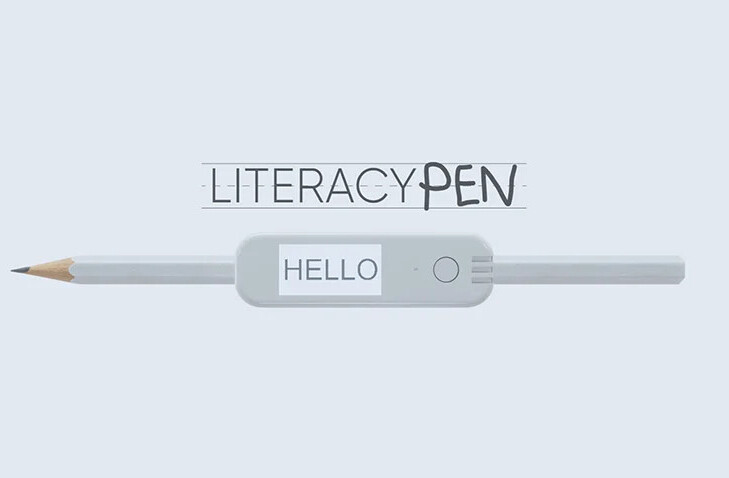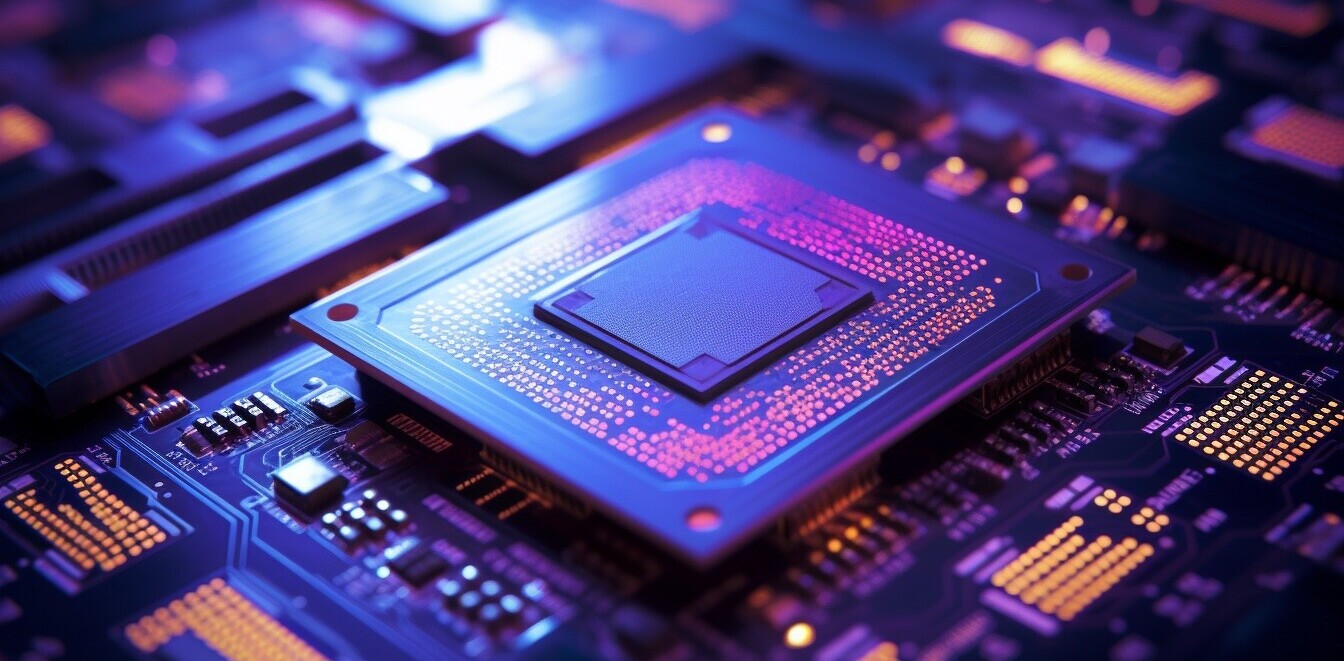Scientists at the University of Melbourne today unveiled a new 3D printer ink-gel that is entirely self repairing. This technology may one day help repair cracked phone screens.
According research published by a team led by Chemical Engineer Dr. Luke Connal:
Self-healing materials are capable of recovering from damages and restoring their functionality, just like the natural ability of living creatures to repair their tissues, this unique property offers the ability to extend the lifetime of products, which is usually limited by mechanical failures.

The scientists produce the gel using a polymer substance that responds to ‘dynamic covalent chemistry,’ which means they can manipulate the ink intentionally over time. In this way, the report shows that the substance creates 4D objects, the fourth ‘D’ being time:
The materials we developed can also change shape when triggered by being swollen in a solvent, such as water. This enables printed objects to change shape once printed, which is known as 4D printing
The technology is still a ways off; it might be years before they’re able to solve the problem of making the gel work with touch-screen capability. The Melbourne team may revolutionize replaceable parts before they solve the cracked-screen problem once and for all. Which is why they’re looking into applications that go beyond just saving consumers money. Dr. Connal’s excitement is palpable:
We are working on this to develop adaptive camouflage materials. We aim to have a 3D printable ink that can be printed by soldiers in remote locations that can change color so they can blend into their environments. The 3D printing capability means the soldiers could travel with significantly less materials and only print what is required for the specific location. Another idea is to create materials that will enable submarine officers to use a 3D printer to create spare parts as needed, eliminating the need to store dozens of parts on board. The possibilities are endless.
Get the TNW newsletter
Get the most important tech news in your inbox each week.





